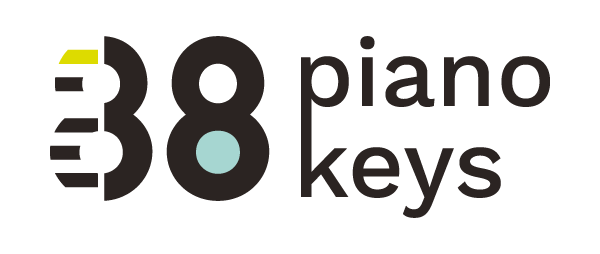Four Favorite Features of forScore
With the abundance of digital sheet music now available and the desire to save ink and paper, the combination of an iPad and forScore is a must. This popular and quite sophisticated, go-to app is ideal for viewing digital scores. The developers continue to add new and extraordinary options. Instead of including ALL the features which would quickly overwhelm, I've made a list of four of my favorite features and how I use them.
#1 Score Reader
Collecting more and more digital sheet music means I need a place to store the documents as well as view them. Once you download a digital score (a Pdf or portable document), you can store it in a virtual "closet" such as Dropbox or Google Drive, but these cloud-based filing cabinets are not ideal for viewing the scores. Opening a score in forScore will allow you to read the score, turn pages with a finger tip OR toe tap and utilize additional fabulous features--some of them listed below.
#2 Foot Pedal Page Turns
I'm not referring to one of the three pedals found on most pianos or the gas pedal in the car, the pedal you will definitely want as a "certified" digital score reader is a pedal that will turn pages on your iPad with a tap of your toe. With forScore, blue tooth technology and one of the pedals listed below, a page will automatically turn with a single toe tap so that both hands remain playing every precious note the composer intends.
Your first question when considering a pedal like this is "Which one should I buy?" Make sure to purchase a reliable pedal. Here are two top models that work seamlessly with forScore and various tablets.
1) The AirTurn Pedal (made in the USA)
I first learned about the AirTurn Pedal when I met Hugh Sung at an MTNA conference. Author of the book From Paper to Pixels: Your Guide to the Digital Sheet Music World, Sung is THE authority on viewing digital documents on tablets and this pedal comes highly recommended by many and, as Sung likes to point out, made in the USA.
UPDATE as of October 2019: I currently own an AirPED Pro. I do like the slim profile and it’s easy to connect to my iPad. I’ve had issues with not being able to physically feel that I lowered the pedal and in some cases, I’ve turned two pages instead of only one. As you can imagine, that is frustrating!
Although he was sorry I had bought "the other" pedal, Sung invited me to appear on his AirTurn TV channel as he was interested in learning more about an iPad piano teacher. Here's my interview with the vivacious Hugh Sung.
Below is a video of the one I own and it has worked incredibly well for me. My only issue with it is human error. Advice: make sure you remember to bring the pedal WITH you when planning to use it for page turns.
UPDATE as of October 2019: Word has it that the latest Page Flip DragonFly Pedal is a favorite of fellow teachers and players.
#3 Annotation Tools
The forScore app is loaded with tools. In fact, when tapping on the screen, a tool box icon will appear on the upper right-hand side. Tapping on this icon will bring you to a long list of tools including a pen icon that allows you to annotate or write on the screen/score. This option has come in handy when taking my online lessons with Bradley Sowash. I've been able to write helpful tips from him onto my digital copy lead sheets.
Changing to the highlighter mode is valuable for those who wish to color code notes or measures. Recently a student of mine asked to learn a piece that was a little above his playing level. When we color coded the patterns, his eyes easily recognized groups of notes and a hard piece magically became easy.
For any annotation, you will want the Apple pencil. It’s pricey but will serve you well. I own a cap and cover to protect my Apple pencil found here.
#4 Microphone
While reading from a lead sheet during a recent online lesson, I remembered there was a microphone icon within the tool box menu. In the past, I had used this forScore feature to record myself playing a piece to provide some aural feedback and sharpen my performance.
It occurred to me that I should record Bradley Sowash during my online lessons when he plays excerpts of the current lead sheet we were discussing. That way I would be able to listen to the sample and prepare more accurately between lessons. This has worked like a charm! Even though Bradley is playing his keyboard in Ohio, thanks to the power of Skype and a sharp microphone on the iPad, I can still make good recordings. Bonus? I can add more than one recording to any digital sheet music loaded into forScore.
Words are helpful, but pictures are worth 1,000 words (or more) so I've included a video to help you more thoroughly understand and see my favorite features (so far) of forScore.

